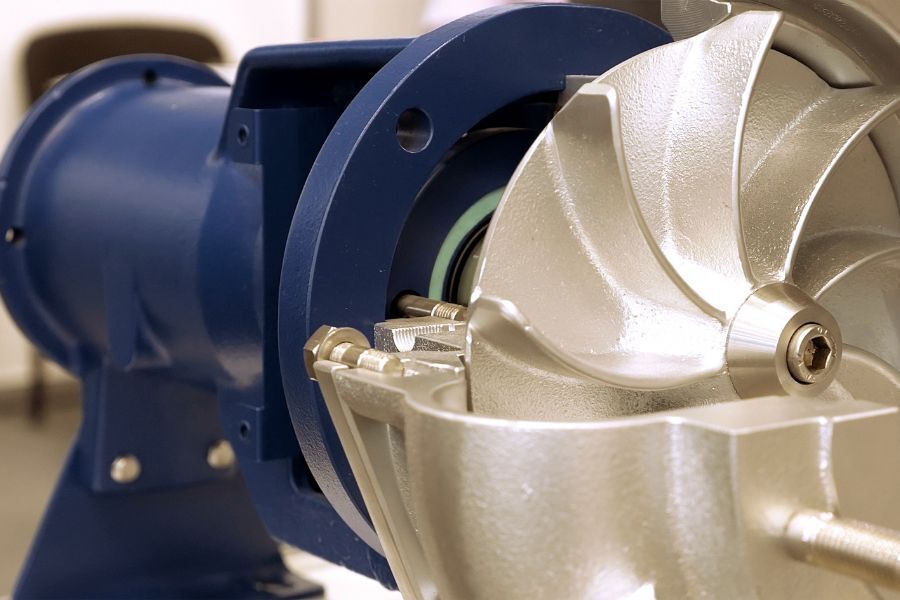
3 Ways to Find the Most Accurate Alignment of a Centrifugal Pump
The accurate alignment of a pump is critical for pump performance. Yet nearly half of all damage to rotating equipment comes from misalignment.
This usually occurs during installation, but the effects of a misaligned pump occur throughout the pump’s now-shorter lifespan. Issues like:
- Excessive vibration
- Bearing damage, reducing bearing life, and affecting the pump’s operation
- Excessive heat
- Leakage of oil
- Wear and damage to the couplings inside, or coupling failure
- Wear on seals, which will eventually fail
- Shaft failure or breakage
- Excessive noise or grinding of pump parts
- Increased power consumption, often more than 15%
As energy and cost efficiency are crucial when selecting a pump, you have to avoid any issue that increases equipment downtime. Severe pump misalignment can seriously affect your plant’s efficiency.
What is (in)accurate alignment (aka misalignment) of a pump?
Misalignment is when the shaft position deviates from the axis rotation when the equipment is running. There are three types of misalignments that can occur: Axial, radial, and angular.
If you need to align your pump correctly, you need to consider which tool or methods will be best for your needs. There are 3 common tools, each with their own pros and cons.
3 tools or methods to ensure accurate alignment of your pump:
1. Straight Edge
This method relies on visual inspection, which we all know can be faulty. To use straight edge as a method, place a straight edge on the pump and motor coupling, then check to see if the components are aligned.
Pros:
- Quick and easy to do
Cons:
- Not very accurate
2. Dial Indicator
This method uses the relative measurement of the centrelines of the two opposing shafts. Two indicator readings across the coupling are taken and these readings are used to mathematically or graphically determine the required adjustments and shimming for each foot of the driver or moveable unit.
Pros:
- Highly accurate
Cons:
- Requires technical skill
- Do not provide real-time values to allow technicians to simultaneously measure and attain correct alignment (indicators must be removed and reinstalled after each adjustment)
- Time consuming and difficult
- Reading errors can occur
3. Laser Alignment
Laser-guided tools consist of two units, each capable of emitting a precise laser beam and detecting a laser beam from the other, plus a hand-held control device. These lasers are used to determine relative shaft positions which are displayed on the handheld device for real-time coupling and feet values during the alignment process.
Pros:
- Highly accurate (to .0001)
- Instantaneous corrections and alignment data
- Values are documented and can be downloaded to a computer for future alignment inspections
- No need to remove and reinstall measuring units after each alignment adjustment
- Quick
Cons:
- Most expensive of all methods available
- Can be complicated to set up
Starting from the most accurate alignment methods (laser) to the least (straight edge), we recommend laser alignment for its accuracy and efficiency. Lasers also accommodate longer spans than reverse dial indicators. While cost is a disadvantage, the higher upfront cost can be easily justified by reduced maintenance, longer equipment life and shorter downtime.
Is your pump noisy or faulty? Give us a call on 1-800-367-4180 (toll-free). As your pump supplier in Ontario, we’re here to help you choose, install, maintain, and monitor a variety of equipment. And to answer questions about things you’ve previously tried gone wrong.
